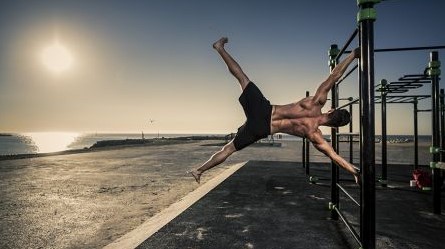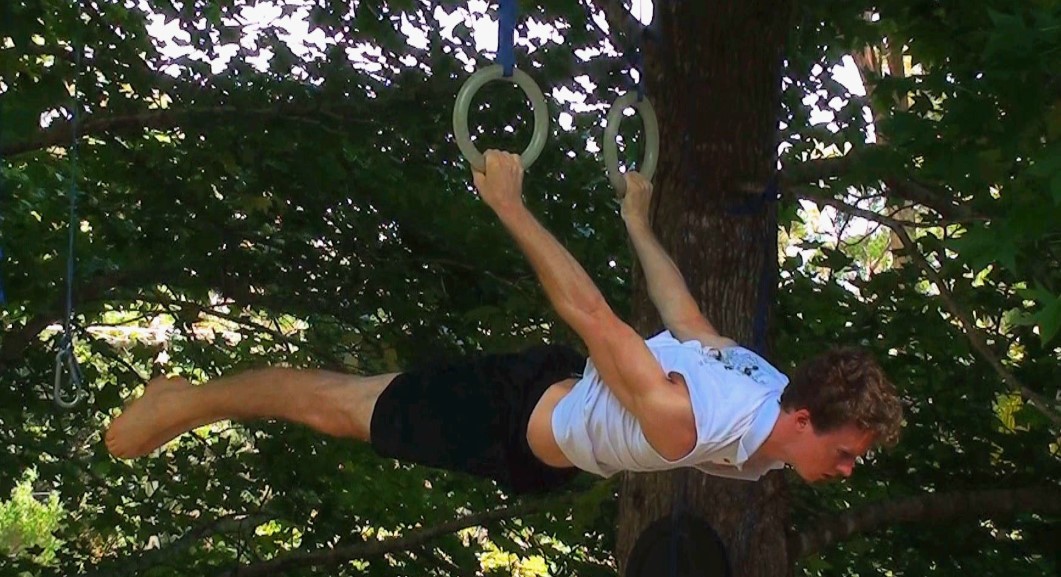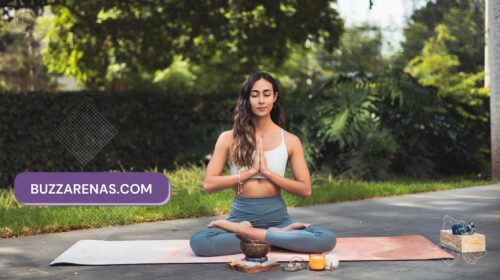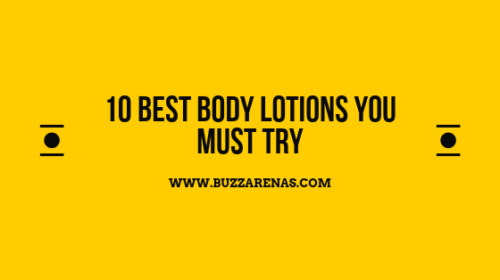Back Lever Progression Exercises and Benefits
BACK LEVER PROGRESSION
1. What is Calisthenics?
Calisthenics comes from two Greek words “Kalos” and “Sthenos” which mean, Beauty & Strength. Calisthenics is a form of training using your own body weight with minimal equipment. You develop both strength, mobility and stability. Skills like the front lever, back lever, muscle up and human flag are typical calisthenics movements.
Calisthenics training involves a bunch of bodyweight exercises, performed using no added weights which helps in increasing muscle mass, building strength, acquiring skills and achieving an aesthetic body. Calisthenics training can be done in many ways, as a stand-alone routine or programmed into any weight loss, bodybuilding or fitness workout. It has many benefits and it is convenient, as it can be tailored to suit beginner workout, intermediate level or advanced trainers.

Calisthenics training trains the body as one, developing all the superficial muscles but also the deep muscles, tendons, ligaments and joints, unlike conventional hypertrophy training. However, calisthenics training is much more complex, difficult to categorize, to understand its progressions, its working angles, difficult to define loads, repetitions, sets, cadences, intensity, and training periods. In short, it does not mean that there is a better workout than another, it means we must learn and take advantage of the best that each training methodology has to offer.
Calisthenics also works with movements that protect against many chronic injuries such as joint problems. Weightlifting or other unnatural exercises that are of little use to our everyday needs can result in such injuries over time, bodybuilding or weight lifting focuses on building muscle and cross-fit focuses on explosiveness while Calisthenics focuses on strength, muscle mass, and skills. For an exercise to be useful, it must be as similar as possible to the movement being trained. Training with weights usually isolates individual muscles and requires only a small amount of your total muscle mass, while self-weight training (hereafter referred to as “calisthenics”) involves many muscles at the same time. Such exercises have the additional advantage that they exercise the trunk (posture) Much stronger than exercises with weights or equipment.
The popularity of exercise equipment, systems, and fashion diets is mainly the result of marketing and not a real attempt to help a disorganized society get fitter and healthier.
While in calisthenics using our bodies as the resistance we have to get creative about the way we change and adapt exercises to meet our own movement and strength abilities. With calisthenics the simplicity of its bodyweight nature makes it accessible to everyone as we need little to no equipment, using just our bodies as the resistance.
Must Read: How To Stay Fit and Healthy in your Busy Life
2. Back lever progression –
Back Lever Gymnastics: Back lever exercise is quite beneficial for the core strength. Back lever exercises are done to strengthen the back and the core, it is a tough move to master and requires plenty of mobility and flexibility on top of strength. If your shoulder mobility is not up to scratch you will struggle a lot holding it. It is advised to check your strength and flexibility because it needs a good amount of both. Start with the basic moves and then keep the lever towards advanced tuck and have good hold times, you can also focus on building an awesome strong german hang (work on this to get a good back lever), shoulder extension and general mobility and thoracic mobility also need for it.
SKIN THE CAT: This is a great exercise for shoulder strength and mobility. It uses your strength and flexibility as its end range of motion and is a great start to more advanced moves like back lever and other straight arm skills. The ‘Skin The Cat’ is an exercise that uses your strength and flexibility at its end range of motion. You can also describe this as a mobility exercise and is a great start to more advanced moves like the Back Lever and other straight arm skills. This itself will be enough for most people to start and progress their flexibility. Get comfortable with hand positioning on the floor first so you can work this position on the rings. You can turn your palms in or out and choose the grip that feels better. A fundamental movement that can be worked on both Fixed Bar and Rings and that brings multiple benefits, such as Strict Core Force, Strict Dorsal Milestone, Strict Pectoral Milestone, Shoulder mobility, Initial spatial perception.
Positioning: When you start going inverted, stay tucked the entire time. This is a safer way to get into the German Hang (the bottom hold of the Skin the Cat). Turn palms in or out depending on how you feel comfortable on the floor. Gradually go lower to the German Hang. Just work at your level and don’t try to rush it. Be careful with these as they require a lot of mobility with chest, shoulders, and triceps.
FRONT LEVER TO GERMAN HANG– This is a great way to exercise, it works so much in so little time in regards to strength so that we can focus more on flexibility. Time is one of the biggest obstacles when it comes to training so making the most out of your time at the gym is very important. Try this combo to save time, as well as build core strength and shoulder and chest flexibility. To keep the legs in the air it is also necessary to contract the glutes and thighs. Gradually ease into this combo with the following progressions: –
1. Full front lever
2. Straddle Back Lever
3. One leg extended
4. Tuck back lever
5. One leg layout lever
6. Half lay/Full back lever
There are many in between progressions that you can do such as open tucked, advanced tucked, bent leg straddle, banded (for the individual skills), and many others. Everyone will respond to the exercise differently and will prefer different progressions. But the slower you are able to do with this movement the greater progress you will see.
TUCK FRONT – BACK LEVER – The tuck front-back lever raise is an exercise that derives from the world of calisthenics. In the first half of the movement, the main muscles are those of the back, while in the second half the flexor muscles of the shoulder are activated more. Being a suspension exercise it also stimulates the abdominal core, stimulating joint mobility in the extension of the shoulder. The first progression to achieve the back lever is the tuck back lever. By having the legs collected, you will decrease a little weight that your torso should support, and in that way it will allow you to concentrate you more in the position of your arms and back.
RING ROUTINE – Rings are a great way to change up your workout especially if you do a lot of handstands and/or bar workouts. Gymnastics rings have a huge benefit when it comes to building pound for pound strength and stability. There are many bodyweight strength movements that involve holding a position: hollow body, L-sits, front-lever, back-lever, shoulder stand, german hang, planche, etc. As you increase your strength endurance and are able to hold for longer it can get tough both physically and mentally to maintain quality form.
TRICEP LATS – The triceps lats are a great way to stretch the chest, create a range of motion in the shoulders and engage the core. Once again, in calisthenics, the engaging core is a must. Everything you train should be targeted and activated when you work-out. This may take tons of time to get used to and to teach your body to do.
LOWER BACK STRENGTHENING:
The back is the foundation of your body’s strength, having a weak back can lead to problems with the form, progress, and further health issues. Back mobility and flexibility is essential especially when so many people carry their stresses and tensions in life in their backs. The weaker the core the greater risk for lower back injuries. Most people neglect training their back. It is very important to train your muscles for posture because most of us sit all day long at work, and our shoulders tend to roll forward. Strong back muscles let you do a lot more with greater ease so when lifting and carrying something heavy you will hardly break any sweat. Doing regular exercises can strengthen the lower back to help alleviate and prevent lower back injuries.
These muscles help you maintain core strength and stability. These exercises also increase blood flow to the lower back area, which may reduce stiffness, pain and makes the back flexible. Strengthening these muscles is important because weakness can lead to unstable shoulders and that limits your strength and muscle gains in nearly every upper body exercise including crunches and back raise. Lower back stretching, Lower back crunches and Lower back raise are the great forms of strengthening exercises to keep spinal muscles tight and flexible, to get your back look nice and strong which will further help you with mobility, lifting and postures.
Lower back crunches – Moving your body through different angles and positions can be unsafe if your body is unprepared for the new load because we lack the movement map for it. Lower back crunches are one of the best exercises to strengthen your upper and lower back muscles. If done regularly, lower back crunches may help alleviate back pain that is related to weak back muscles. When doing this move, the objective is to lift as high as your body allows. It engages the rear shoulder, upper back and lower back muscles throughout the entire exercise. It builds strength and wakes up dormant muscle activity so that the muscles are responsible for good posture are engaged when standing and sitting. These deep core-stabilizing muscles are extremely important for our spine integrity and health.
Don’t Miss: Susan Boyle Weight Loss Secrets and Tips
The lower back raise is a great exercise for building a strong lower back and glutes of steel. For people out there looking to build a great behind this should be in your programme along with exercises such as squats, hip thrusts, lunges, deadlifts, band work, step ups, kettlebell swings, etc. Just make sure when you perform this exercise that you do not overextend and arch your lower back. Make sure you keep a slight tuck of the chin and squeeze your glutes as hard as hell at the top – these two cues will help you to get the most out of this exercise and keep you healthy at the same time. It is immensely scalable and can be progressed in a number of ways. What we focus on here is moving different body areas to change the leverages of the movement, but you could also simply add more or less weight to the bar based on your own strength levels. But believe it, little movements make a big difference when you load this up heavy.
Importance of SHOULDER extension // Muscle Up Fix –
Whether you’re trying to improve your overall shoulder health, quality of movement or even struggling with the transition in your MUSCLE UPS – it would be beneficial to improve your shoulders movement capacity into extension (arm moving behind your back). If your shoulder feels tight and the transition or a muscle-up either still ‘impossible’ or uncomfortable try mobilizing and increasing your shoulder extension and see if you can improve or fix your muscle up transition. We often lack either MOVEMENT or STRENGTH (or both) when we still haven’t redefined our impossible of something like ring muscle up.
The secret to learning a skill is to do it as much as possible throughout the week while keeping the quality of reps. This means choosing a modification, progression, or variation that you can do well and won’t leave you sore every time. It’s not so much the variations that get you stronger but the efficiency. Strength is neural, so time and practice are your best friends. On a good day challenge yourself with a harder version or do it for longer but the key is always great quality of reps. Depending on the skill and your situation, you may benefit from doing it every day or only 2x a week. Be mindful and learn to “read” your body.
- Back Lever Progression Exercises and Benefits - September 22, 2019
- 5 Best Dating Apps That You Must Check out if you are Single From Ages - September 13, 2019
- Best Street Foods in Delhi for Food Lovers [ Updated ] - September 12, 2019



